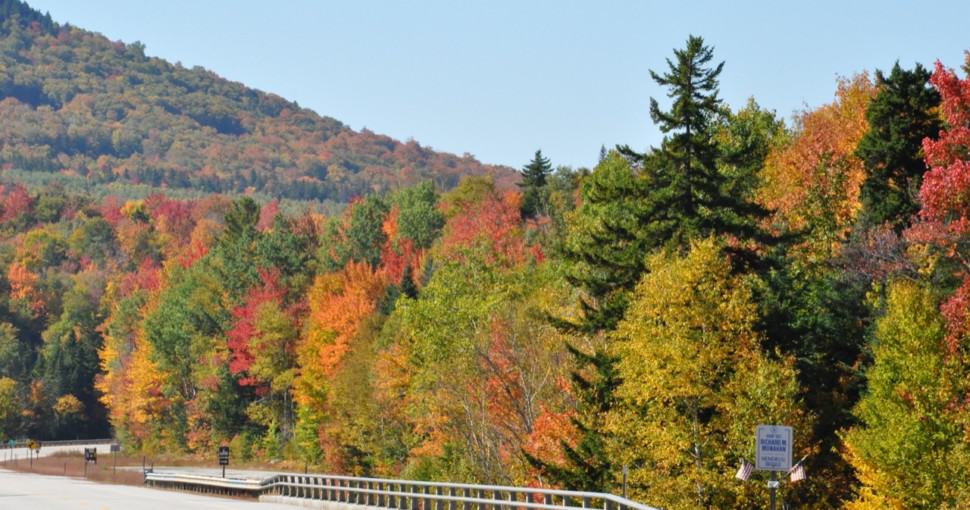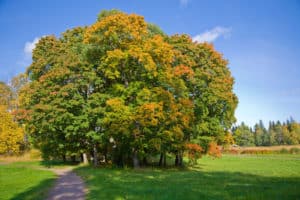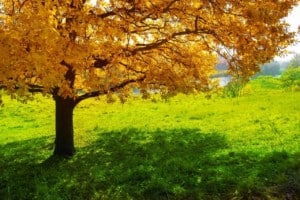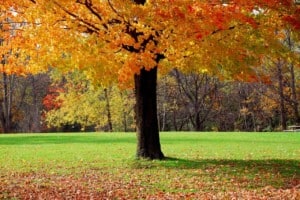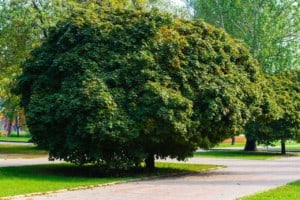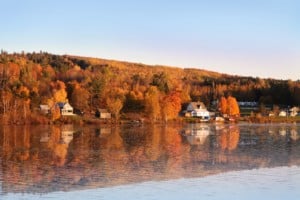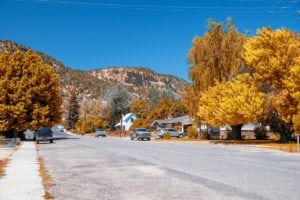New Hampshire is considered the second most forested state in the United States, with total coverage of 4.8 million acres. With 81% of the land being covered in trees, you can be sure to find a wide variety of wildlife, trees, and flowers in the state. One of these species includes the infamous maple trees.
Contents
Sunny blue skies, sturdy mountain ranges, pristine seas, white-sand beaches, and numerous lakes and streams characterize New Hampshire’s stunning landscape and scenic wonders. A humid continental climate prevails in the region, with hot, humid summers and chilly and snowy winter weather. Many maple trees can be grown in New Hampshire due largely to the optimum climate and soil conditions, as well as the landscape’s flexibility.
The forests in New Hampshire are essential to the quality of life of its residents. They provide wood and other related products, wildlife habitat, recreation, biodiversity, stunning fall colors, and more. Maple trees are known for their vibrant and breath-taking warm fall foliage.
In March, the state celebrates its Maple Month. This maple sugaring season starts as early as February, and maple syrup takes over the sugarhouses and local sugar shacks, filling up the air with sweet smells of boiling sap. The season also features weekends with fun activities such as pancake breakfasts, sleigh rides, and more.
The Red Maple is the most abundant tree in New Hampshire, though there are other species that can be commonly found, such as the Black Maple, the Sugar Maple, and the Striped Maple. We will talk about each of them below:
1. Striped Maple (Acer pensylvanicum)
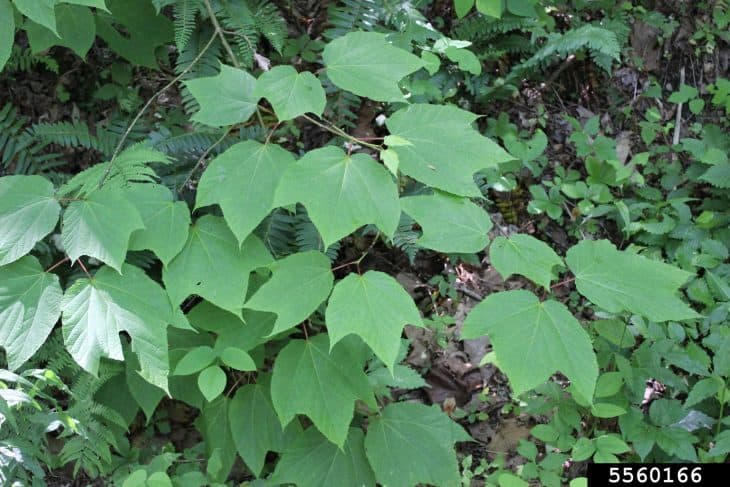
The Striped Maple is a short-trunked tree with arching limbs and a wide, flat-topped, or rounded canopy, reaching up to 15 to 30 feet high. Its trunk and branches are greenish with white stripes. It produces bright green leaves that turn yellow in autumn. It thrives best in cool and moist climates, although it can survive hot and arid climates.
2. Red Maple (Acer rubrum)
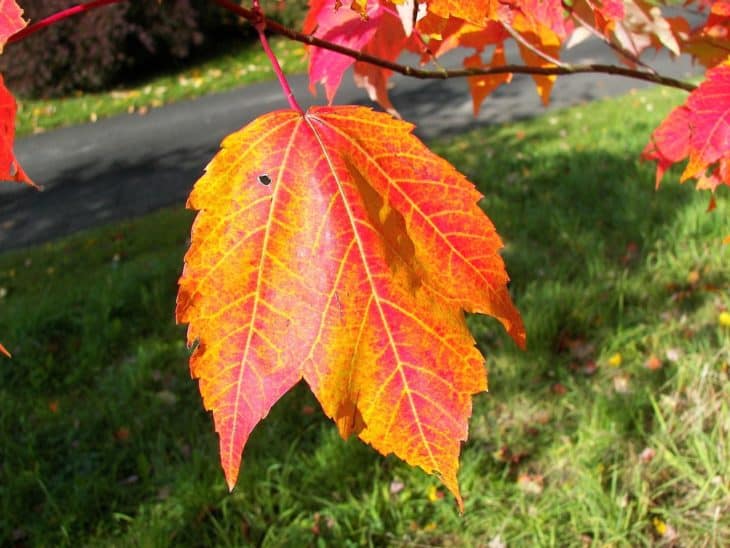
The Red Maple is one of the most valued hardwood trees in New Hampshire and is widely used for lumber and to produce maple syrup. Its vibrant red fall foliage is its main identifying characteristic. It can grow as high as 50 feet with a wide-spread crown of 40 feet. It is very adaptable to different soils, though it thrives best in acidic soils.
3. Black Maple (Acer nigrum)
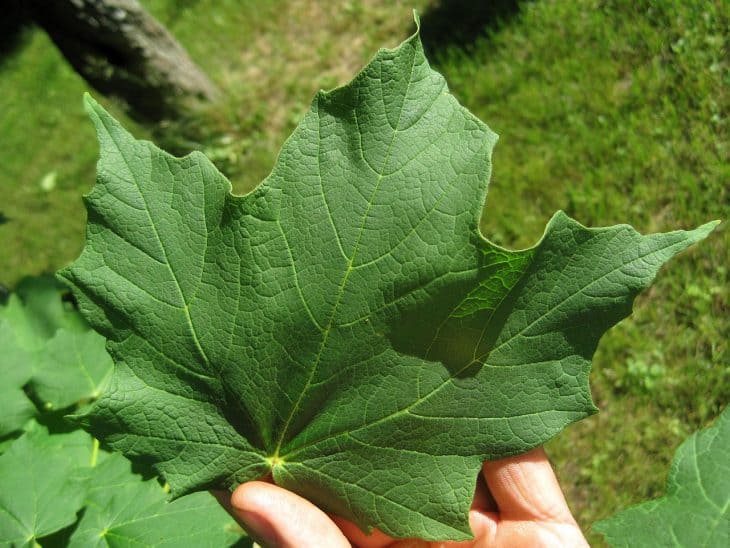
Reaching a height of up to 60 to 130 feet, the Black Maple has a straight, central trunk that has a wide-spread branch system when it grows in the open. It has a dark and thick bark featuring narrow furrows. Its leaves are dark green and pubescent from underneath. It flowers from late May to early June with green and yellow clusters.
4. Sugar Maple (Acer saccharum)
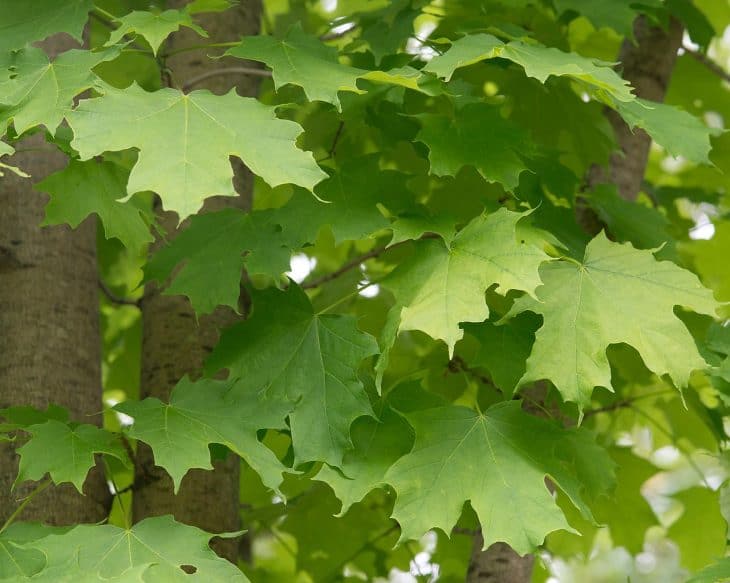
The Sugar Maple is mostly famous for its sweet maple sugar. New Hampshire hosts abundant Sugar Maples, along with one of the largest trees of this species with a height of 101 feet and a crown spread of 100 feet. Sugar Maple trees have light-colored wood and produce orange, yellow, and red foliage in autumn.

